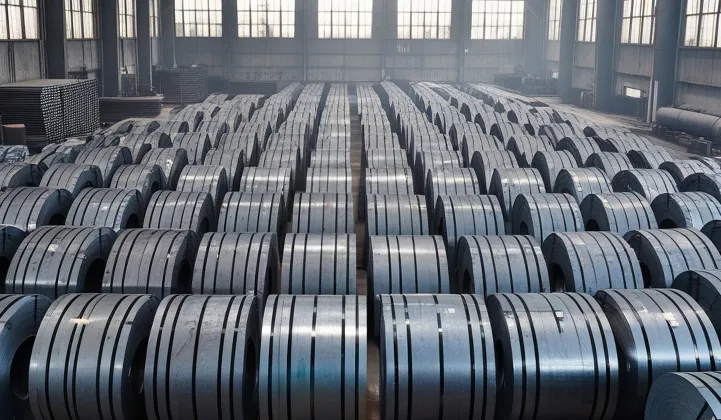Steel coils have been a backbone for industries across the world, supporting everything from automotive manufacturing to infrastructure projects. In recent years, advancements in high-strength steel coils have significantly transformed their durability and efficiency, allowing industries to meet modern demands with lighter, stronger, and more resilient materials. This article explores the technological breakthroughs that have redefined steel coils, their applications, and the advantages they bring to various industries.
1. Technological Advancements in Steel Coil Production
One of the most noteworthy advancements in high-strength steel coils is the use of specialized alloys. By carefully engineering the chemical composition of steel—adding elements such as manganese, chromium, and vanadium—manufacturers are producing coils that are lighter and more robust. This alloying process allows for the creation of steels that can withstand more stress without deforming, which is critical for applications requiring high durability.
In addition, modern coating techniques have also evolved. Zinc and aluminum coatings, for example, enhance resistance to corrosion, making high-strength steel coils suitable for extreme environments. Laser welding technology is another advancement, providing precise and strong joins that are critical in the manufacture of steel coils.
2. The Benefits of High-Strength Steel in Various Industries
High-strength steel coils are invaluable in sectors that rely on materials that can endure intense pressure and loads. In the automotive industry, lighter and stronger steel coils contribute to reduced vehicle weight, which improves fuel efficiency and reduces emissions. This change aligns with global sustainability goals, making high-strength steel a popular choice for eco-conscious manufacturers.
For construction and infrastructure, high-strength steel offers improved load-bearing capacity, essential for building tall structures or long bridges. The improved durability of steel coils also reduces the need for frequent maintenance or replacement, lowering costs and enhancing safety in public works.
3. Reducing Material Waste and Production Costs
In traditional steel production, achieving strength often meant using larger quantities of material. With the advent of high-strength steel coils, companies can produce thinner, lighter materials without compromising strength. This not only cuts down on the quantity of raw materials used but also contributes to significant savings in energy and costs associated with production.
High-strength steel coils have allowed companies to optimize supply chains by reducing shipping and handling costs due to their reduced weight. Additionally, the improved durability of these coils means they have a longer life span, reducing the frequency of replacements and lowering overall production costs.
Conclusion
The steel industry’s embrace of technological innovation has paved the way for a new era of high-strength steel coils, which deliver unmatched performance in terms of durability, efficiency, and environmental sustainability. As more industries adopt these advancements, the future looks promising for high-strength steel to continue evolving, meeting the growing demands for resilience and cost-effectiveness. These advancements reflect a clear shift towards smarter, more efficient production methods that not only benefit industries but also contribute to a more sustainable global economy.

